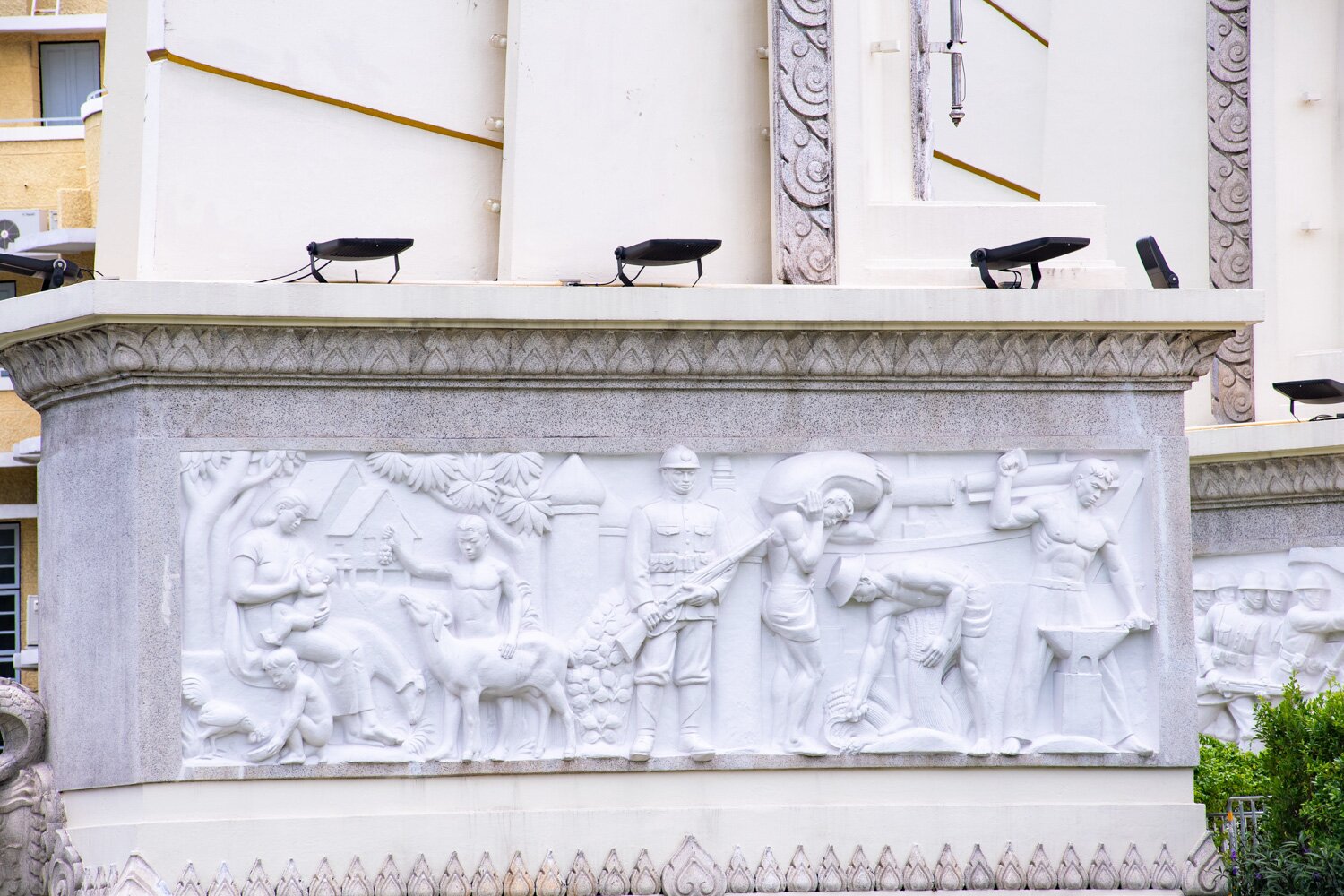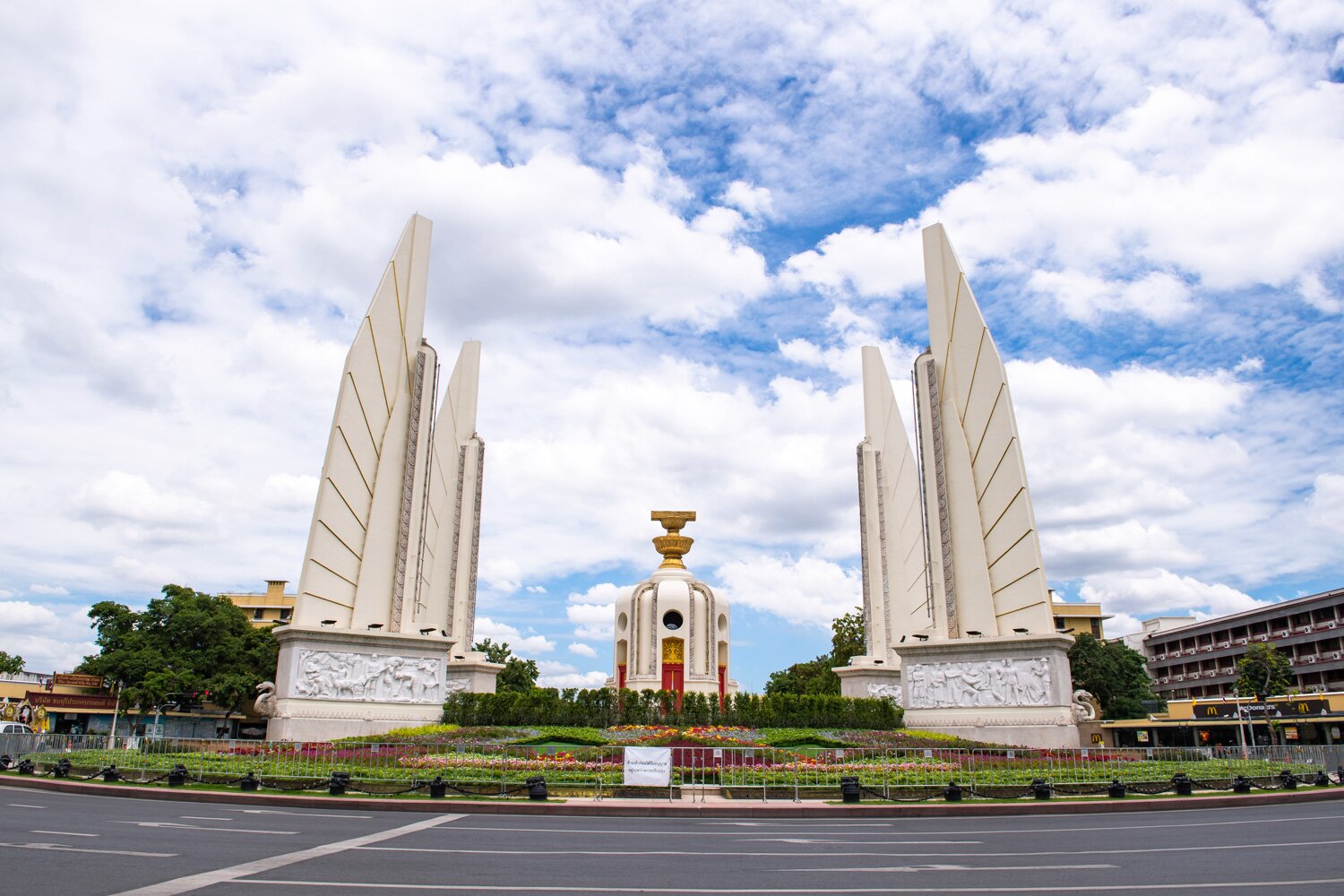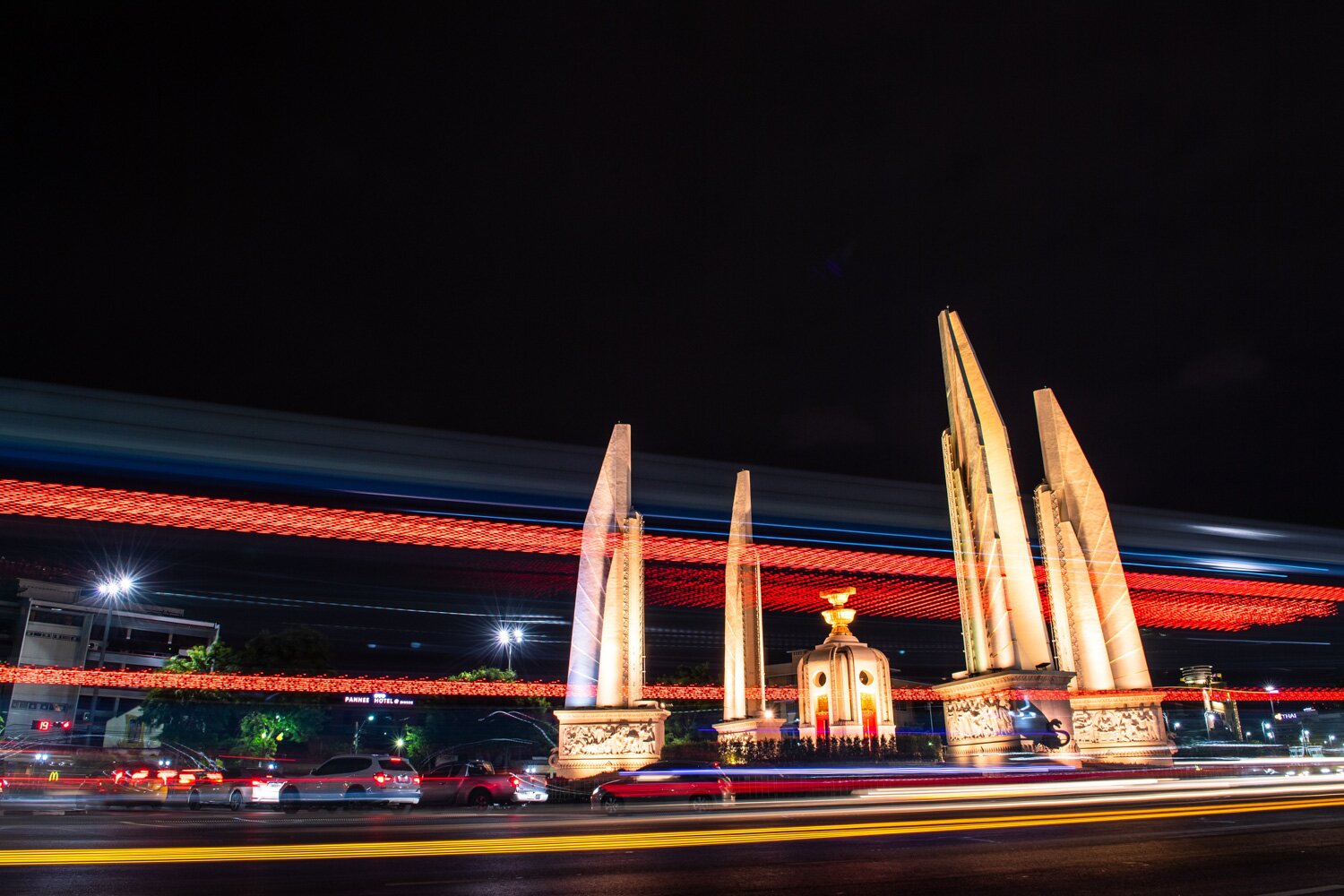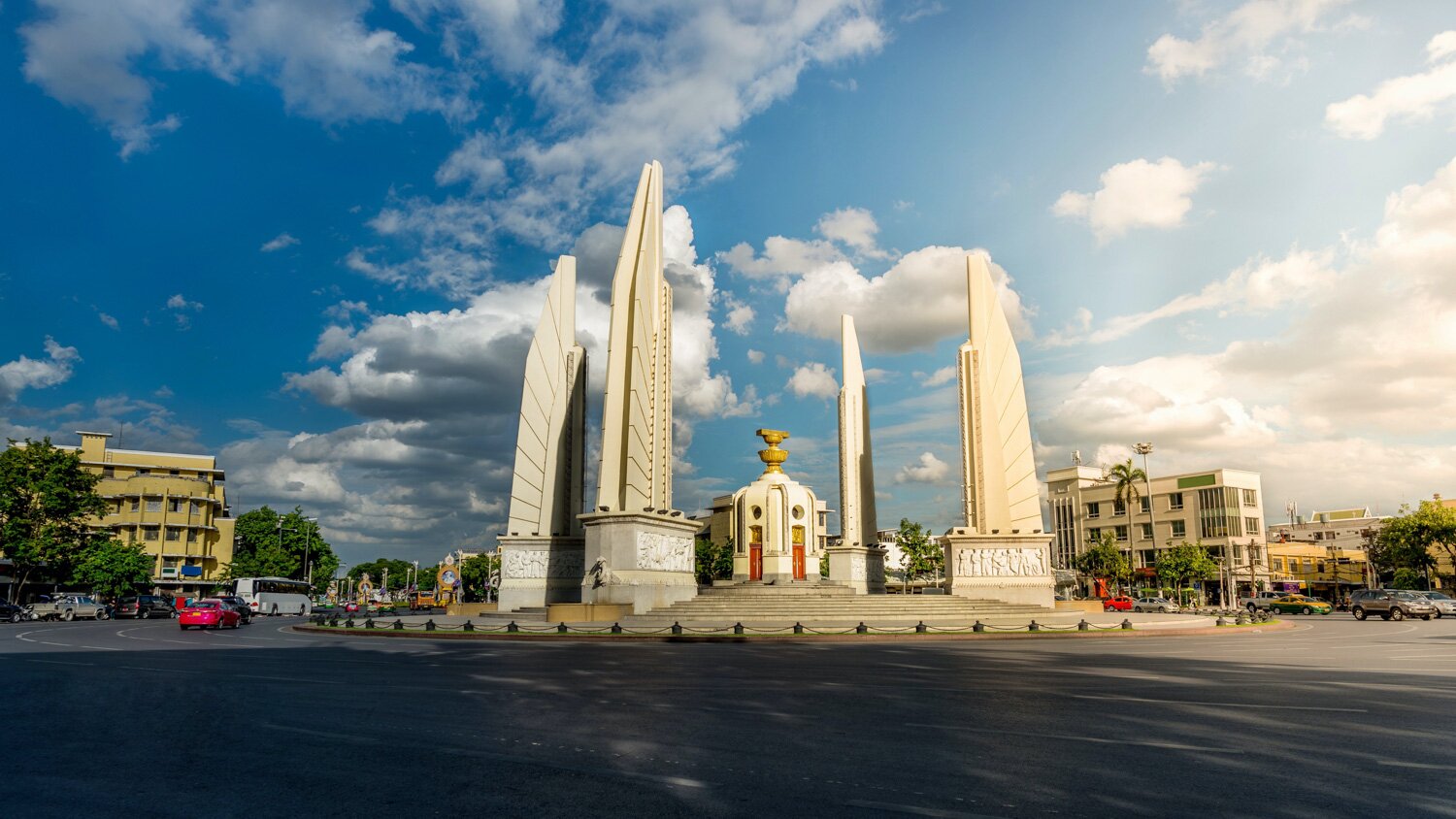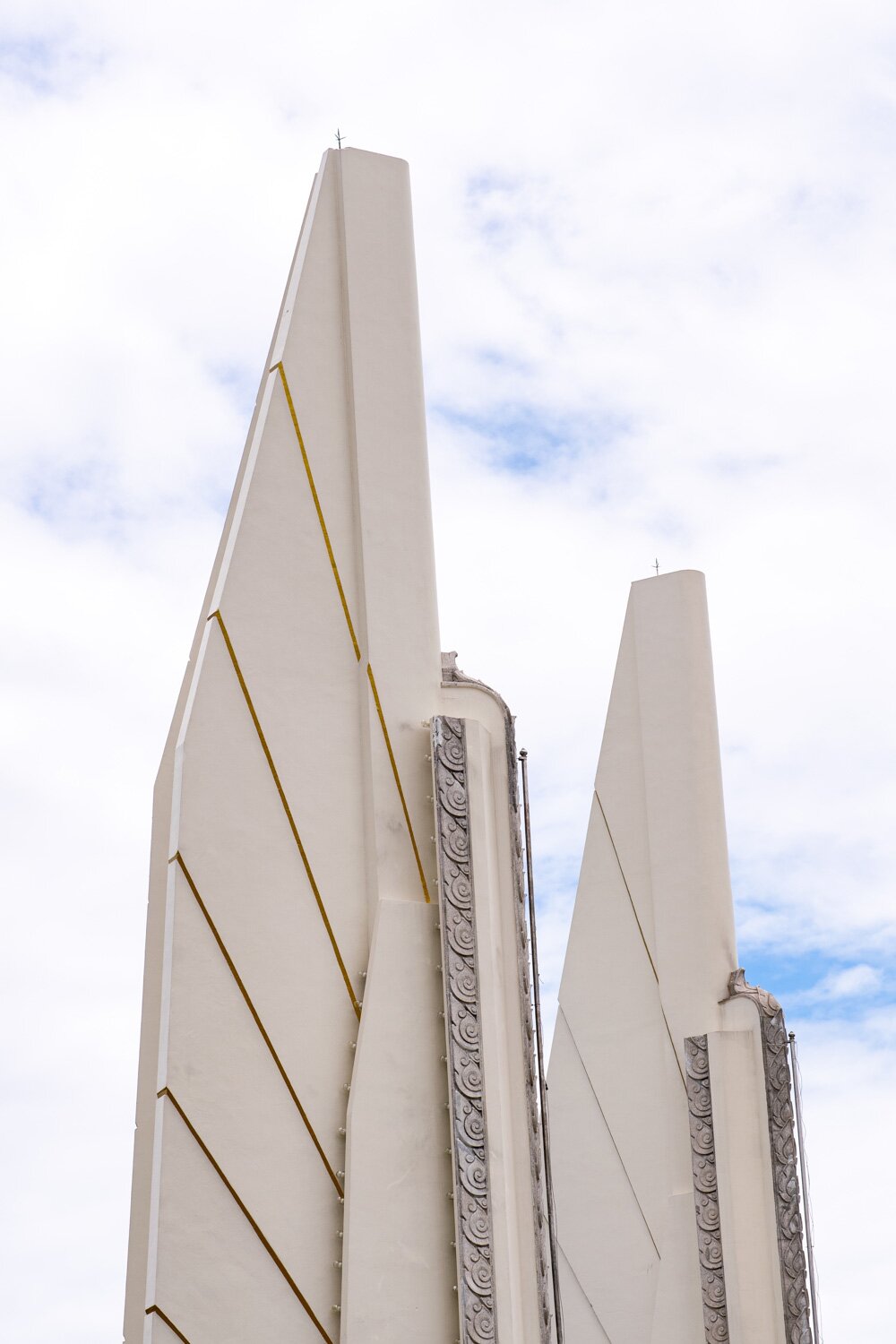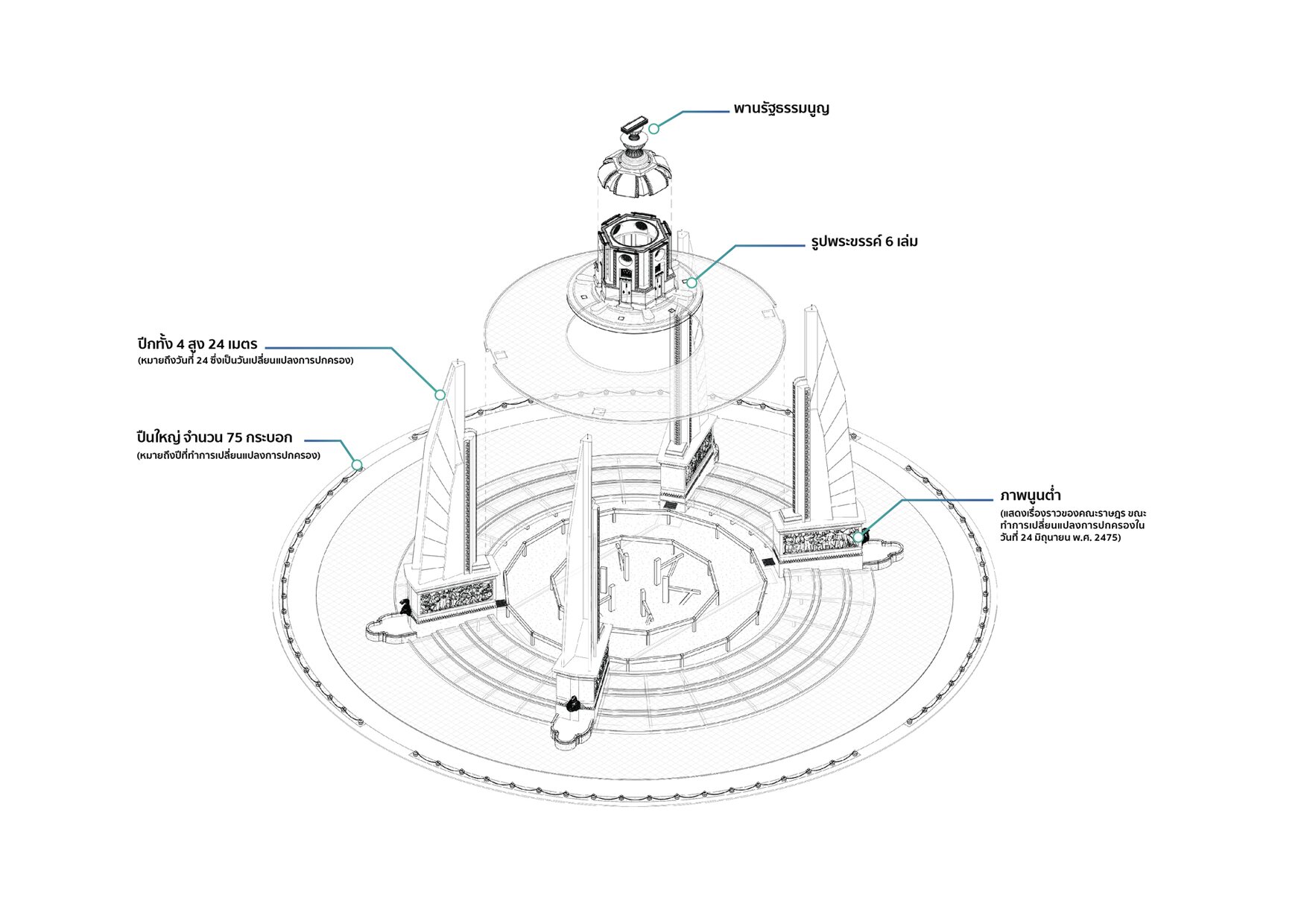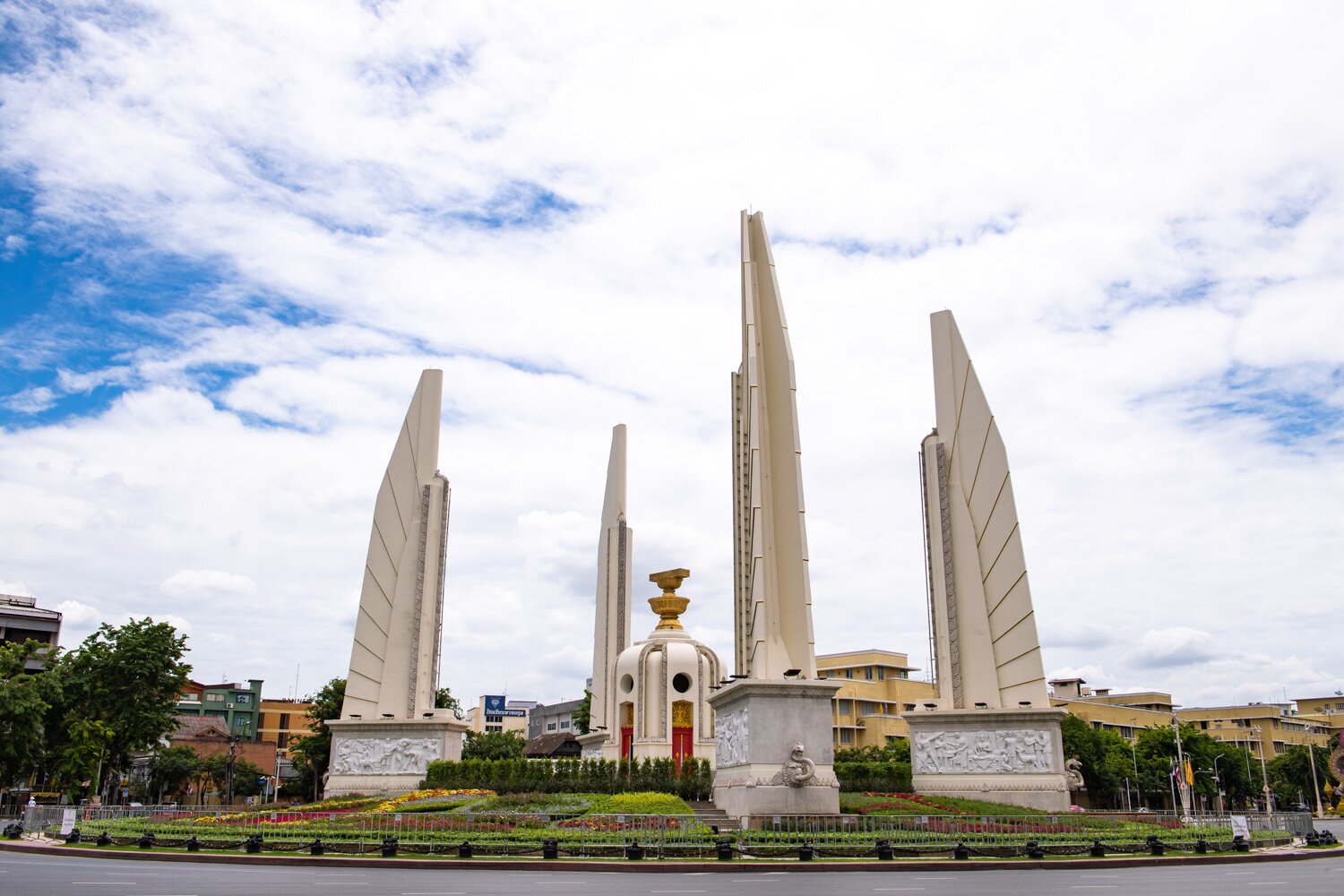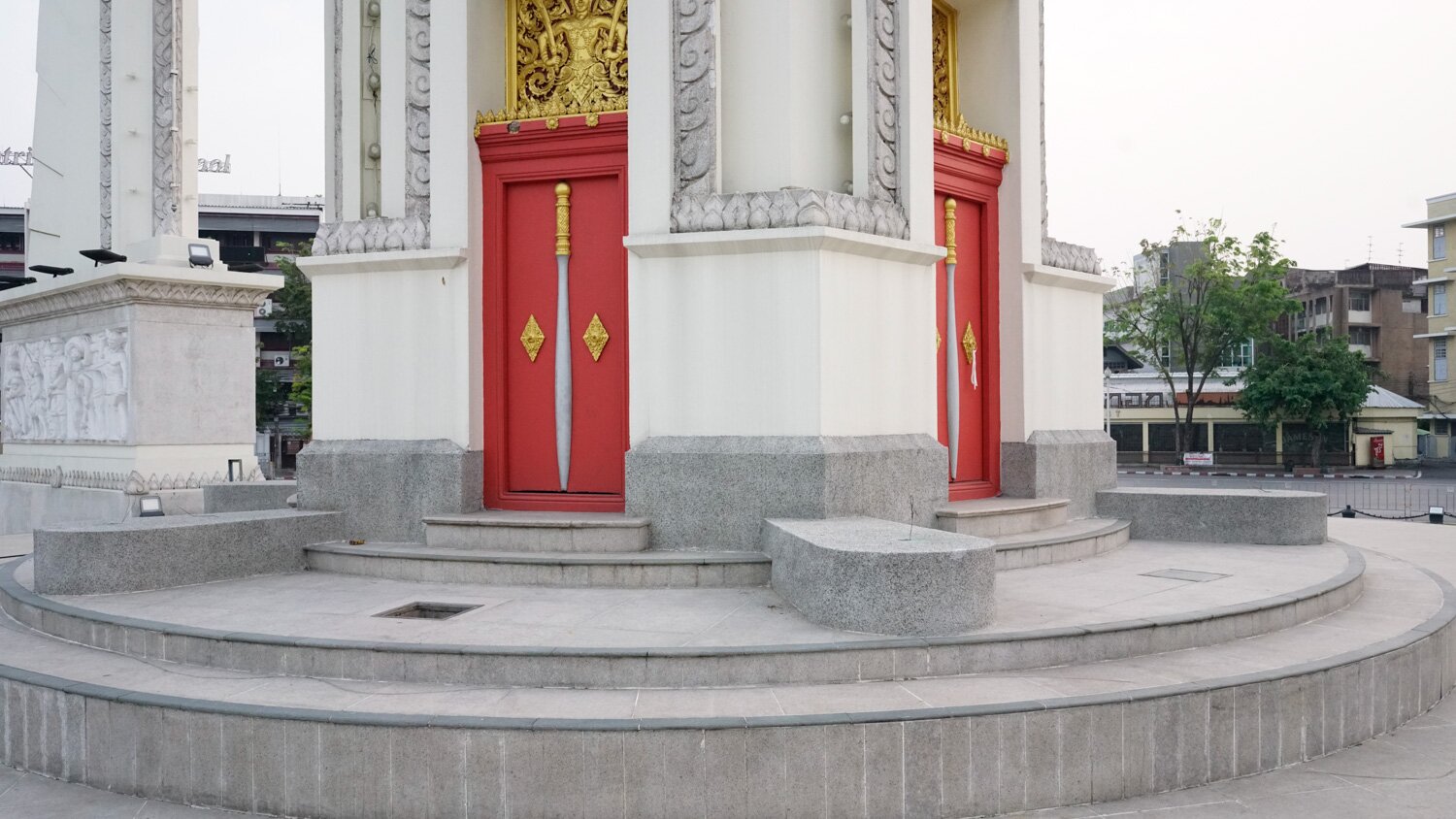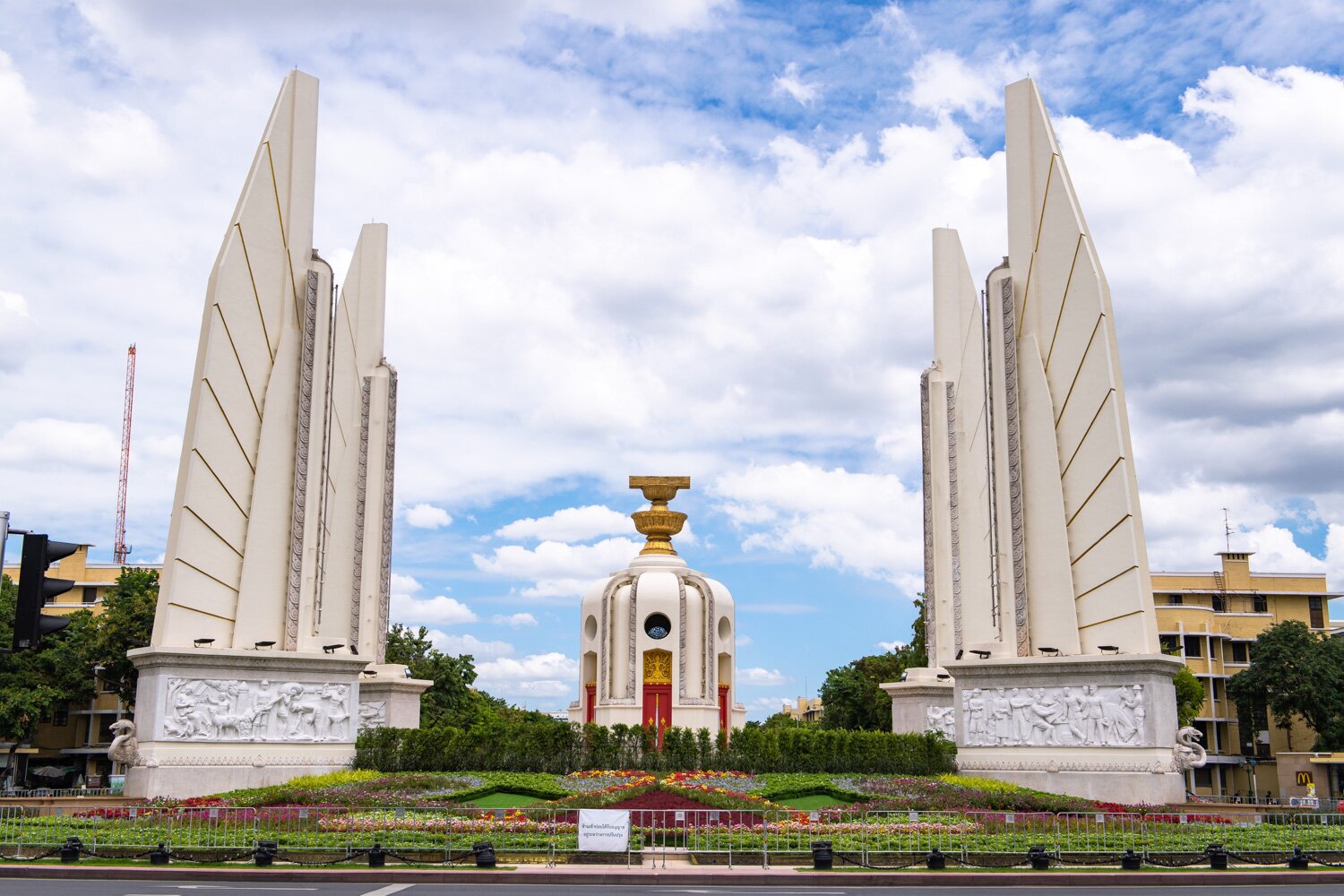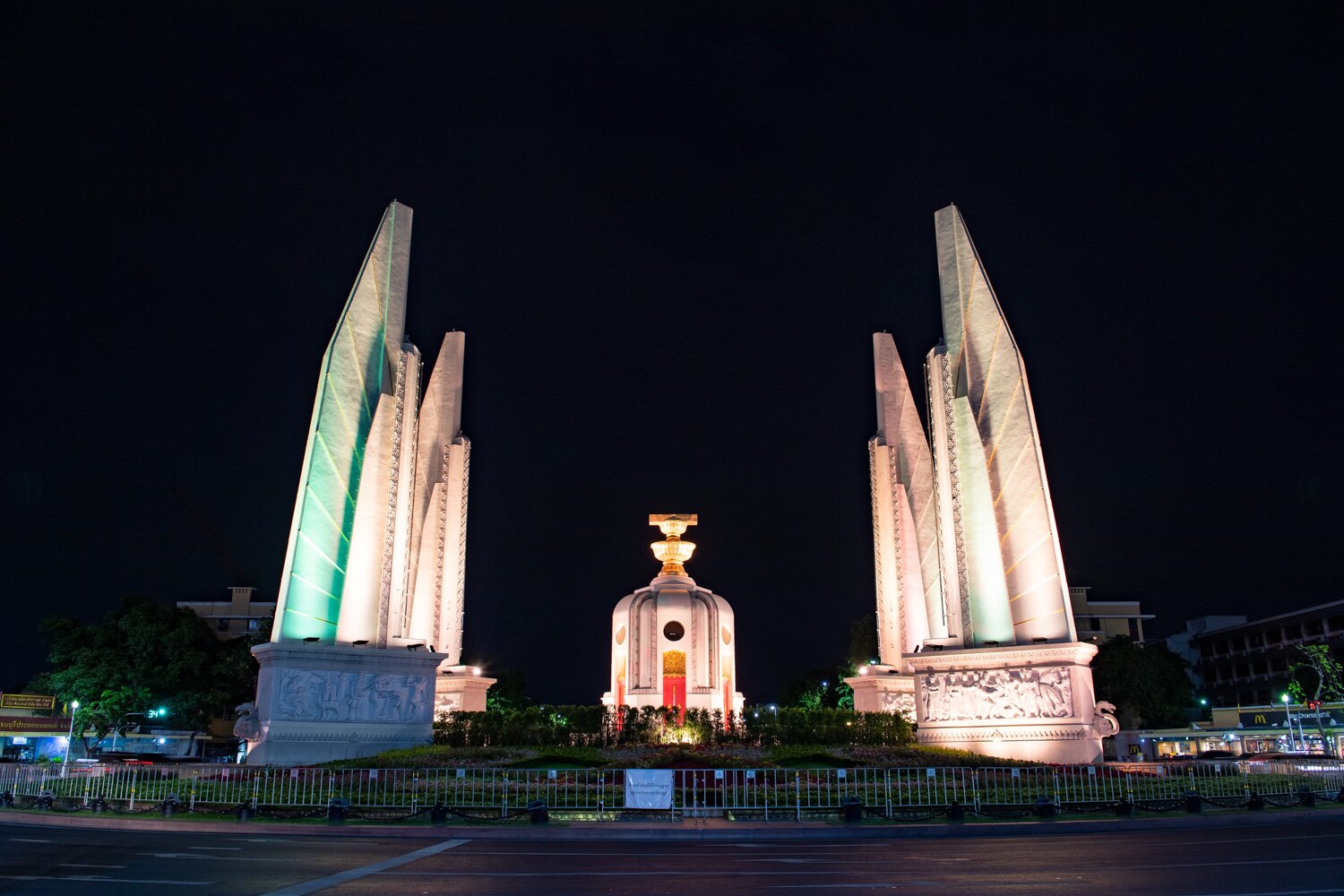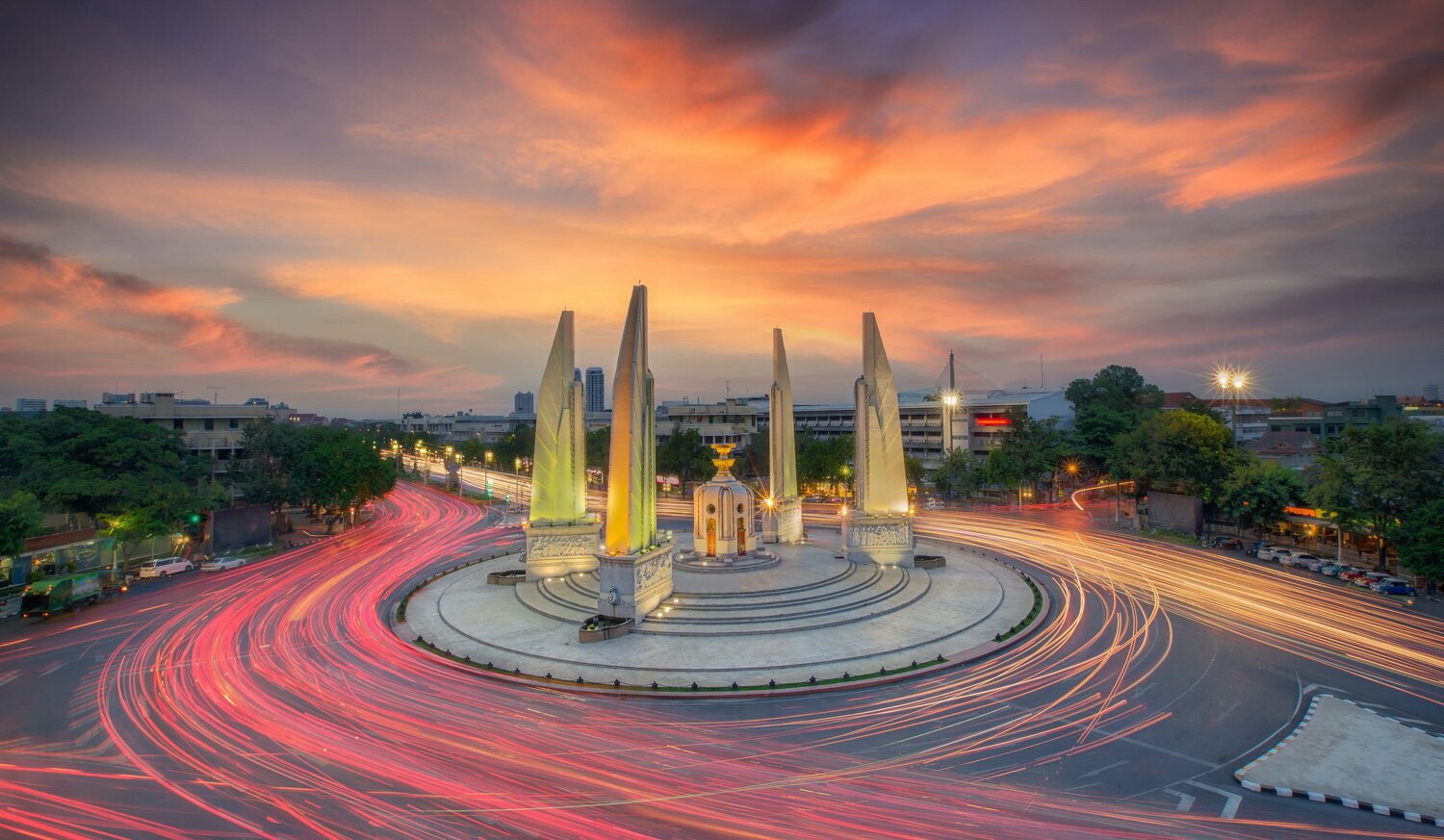The Siamese revolution on 24 July 1932 was one of the most important events in Thai history, transforming the country from an absolute monarchy to a constitutional monarchy. The revolution was launched in the early morning of 24 July by the Khana Ratsadon ("Peoples' Party"). The revolution promoters announced six principles to be used as guidelines for the upcoming government:
- To protect the nation’s sovereignty.
- To maintain national security.
- To maintain the economic welfare of the Thai people.
- To protect the rights and equality of the Thai people.
- To protect the people's freedom.
- To provide public education for all citizens.
After staging the coup d’etat, Khana Ratsadon worked to achieve the six principles. They published the 1932 temporary charter and later the 1932 constitution. They hoped that the changes would hasten the country’s development, however they faced many struggles as the group’s three factions could not agree on the desired outcomes.
In 1938, Field Marshal Plaek Phibunsongkhram (Marshal P.), who at the time was Major General Phibunsongkram, became Prime Minister of Thailand. The following year, in 1939, he announced that 24 July would be the National Day in celebration of the establishment of the constitutional monarchy. He led the initiative to build a monument to commemorate its establishment, and to raise public awareness regarding democracy and to urge the Thai people to protect democracy and the constitution.
Marshal P. set up a committee to select the location for the Democracy Monument. After several meetings, the committee reached a resolution to build the monument on Ratchadamnoen Avenue where it would be connected to Dinso Road, which was under construction at the time, leading from the National Day Bridge. The government also planned to renovate Ratchadamnoen Avenue so this was the perfect location to build a traffic circle with the monument at its center.
The resolution was proposed and approved by the government. On 24 July 1939, the groundbreaking ceremony for the Democracy Monument was held. The ceremony was presided over by Marshal P. The government appointed the Fine Arts Department led by Silpa Bhirasri to design the monument according to the government’s brief. Construction began in July 1939 and finished on 22 June 1940. Marshal P. presided over the monument’s opening ceremony held on 24 June 1940.
The total construction cost was Bt250,000.




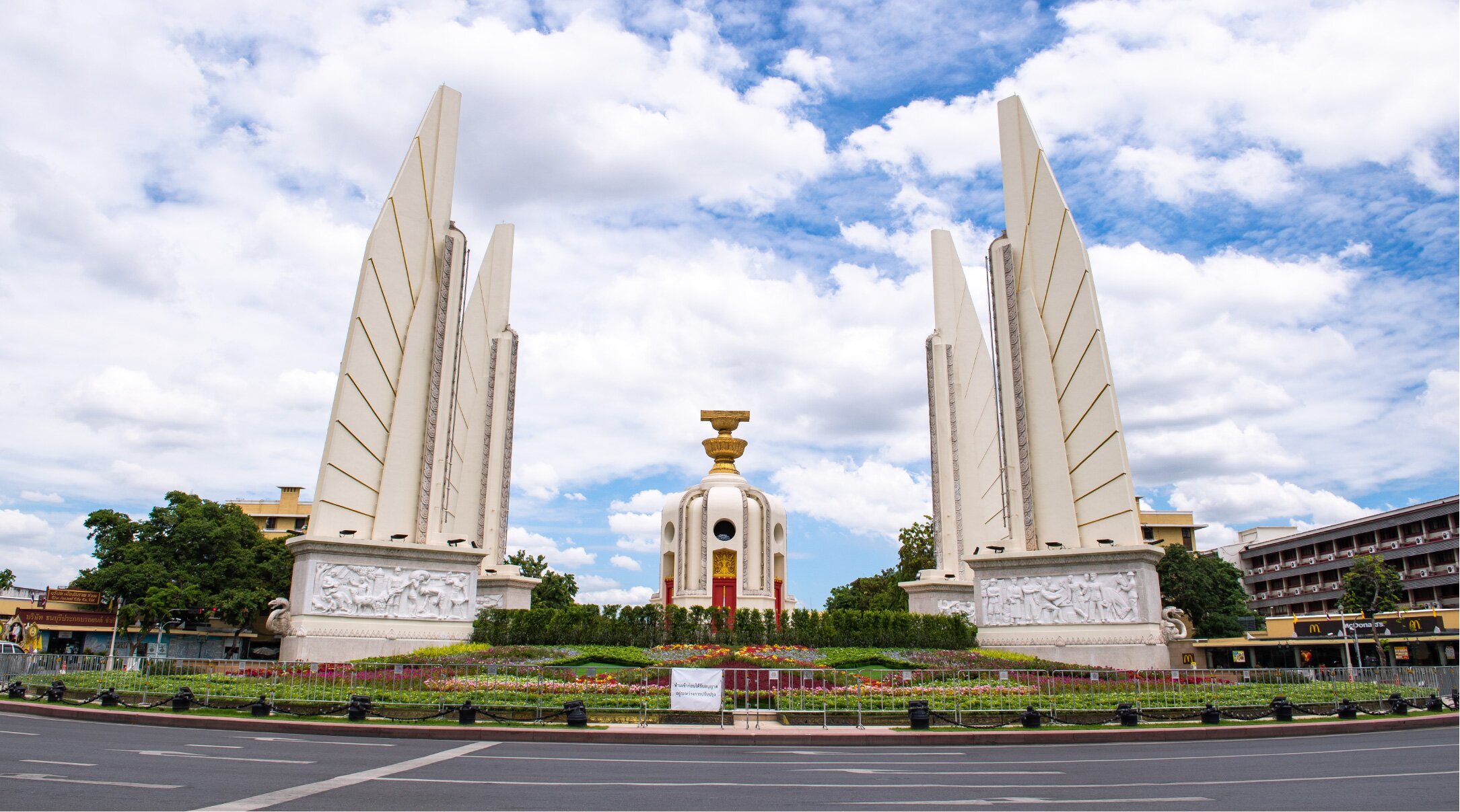
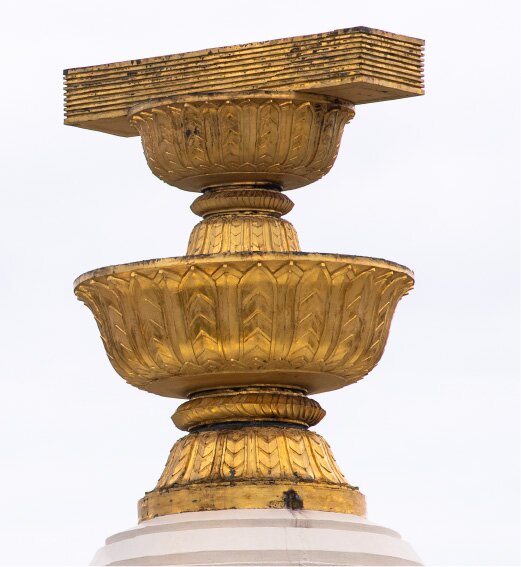
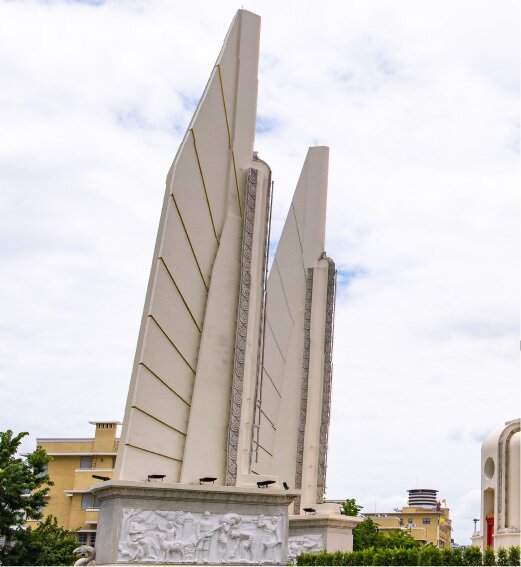
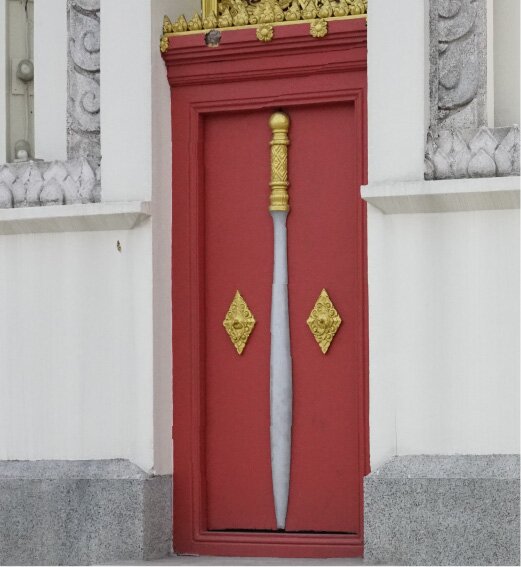
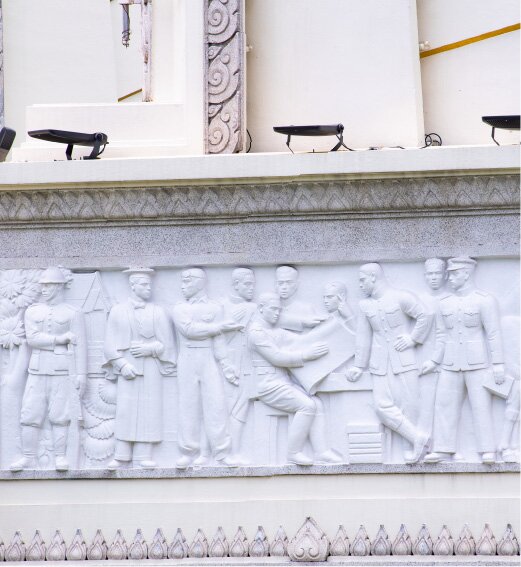
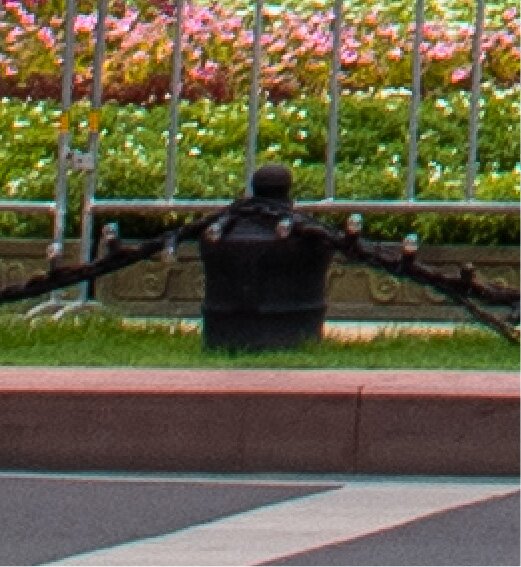
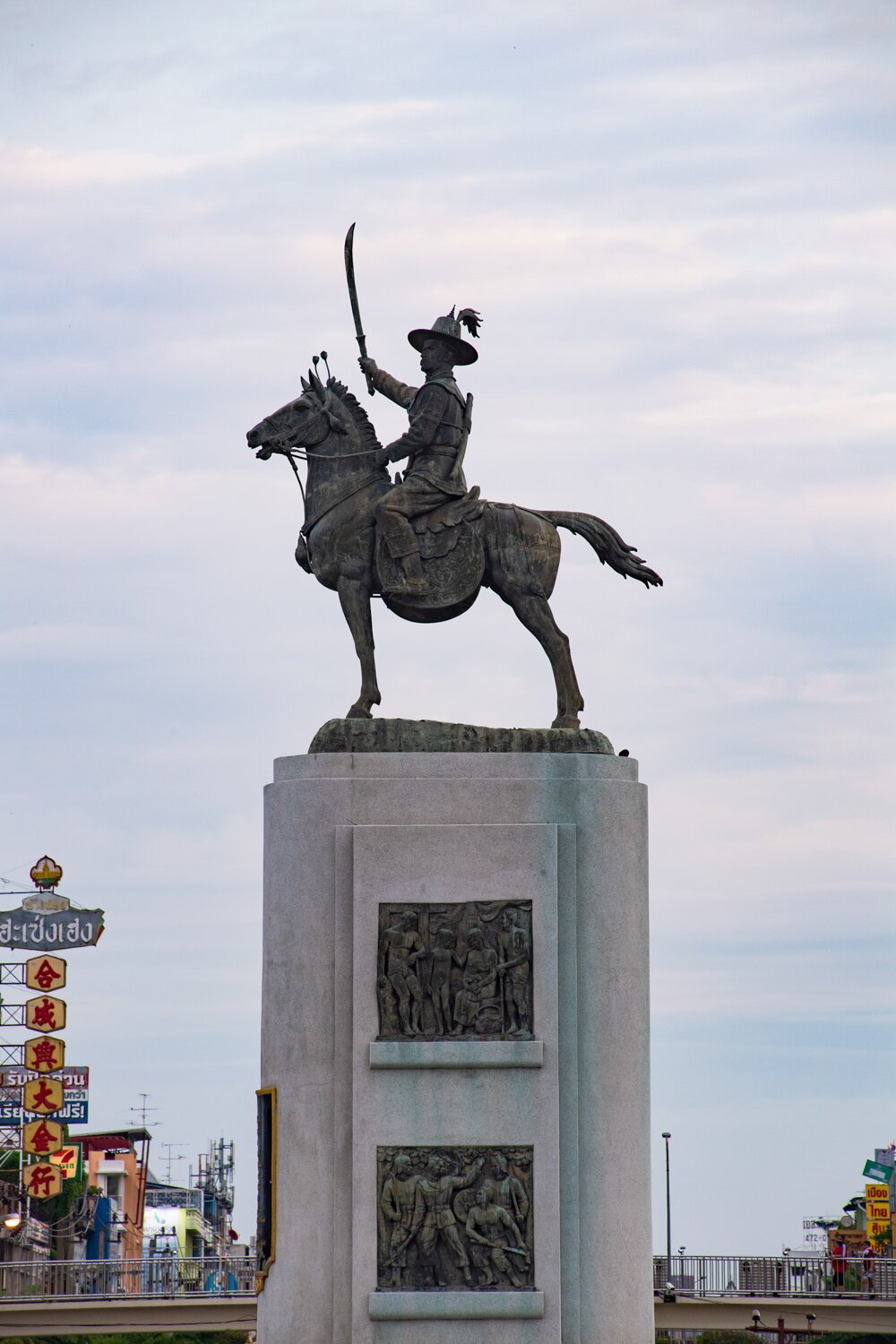
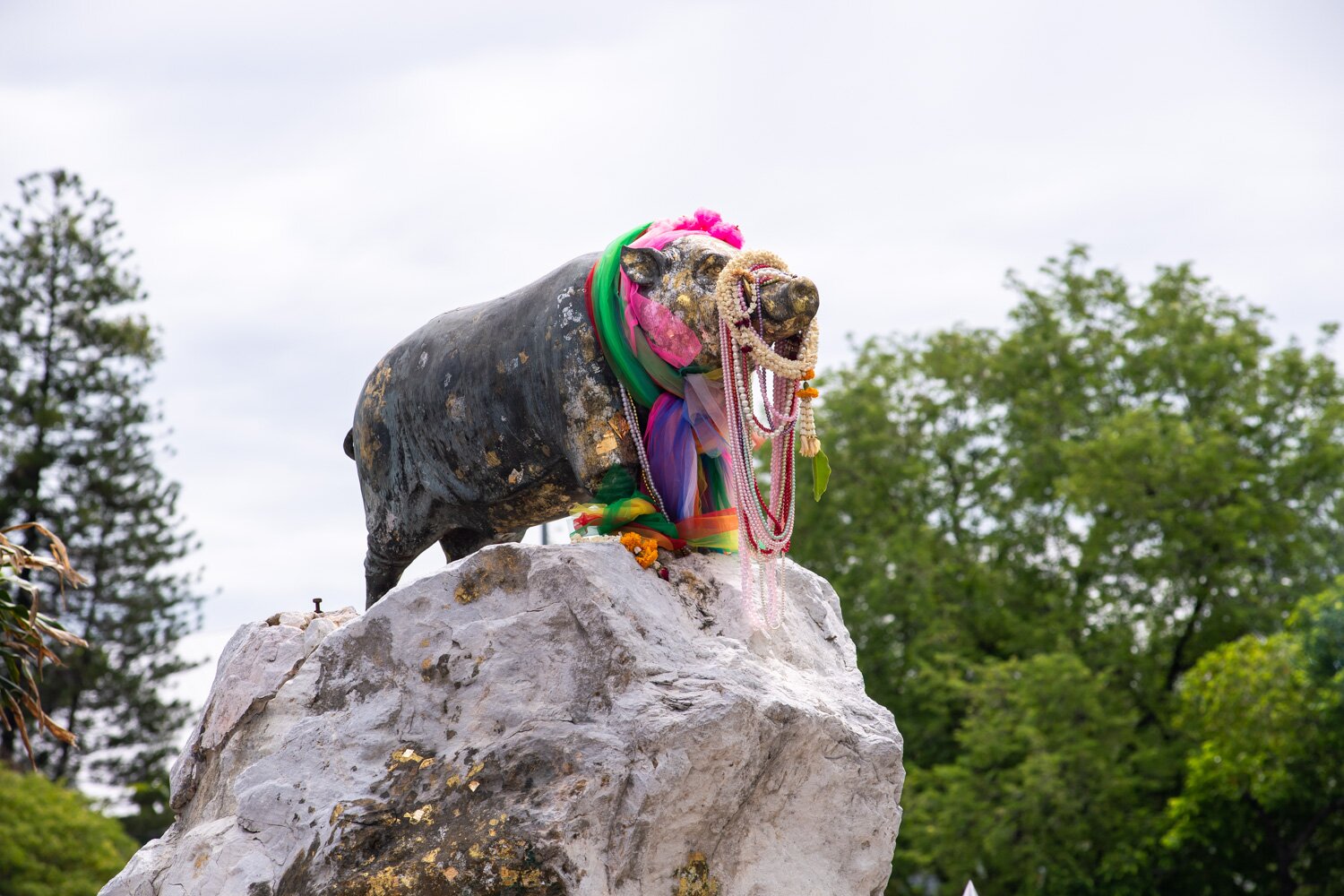
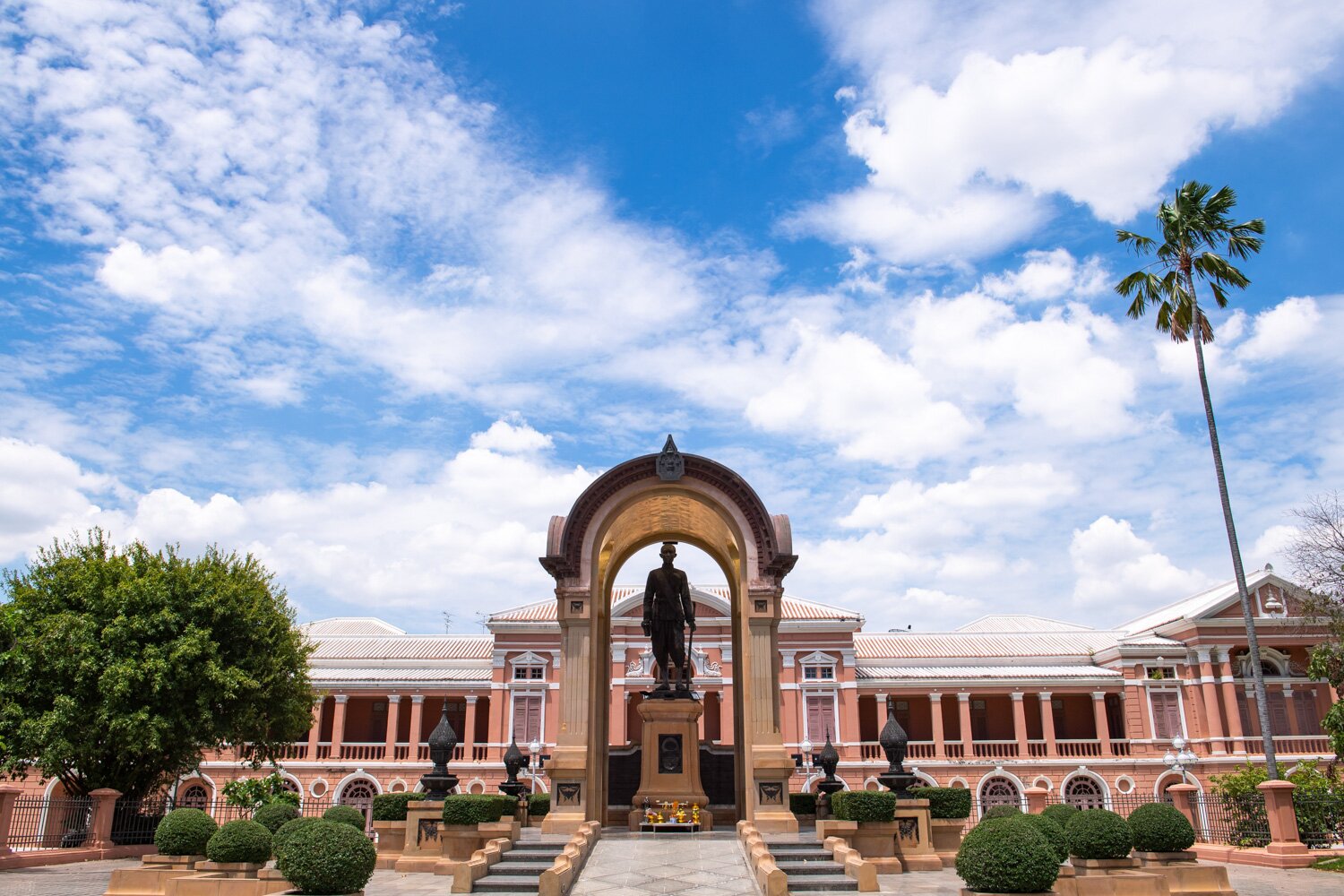

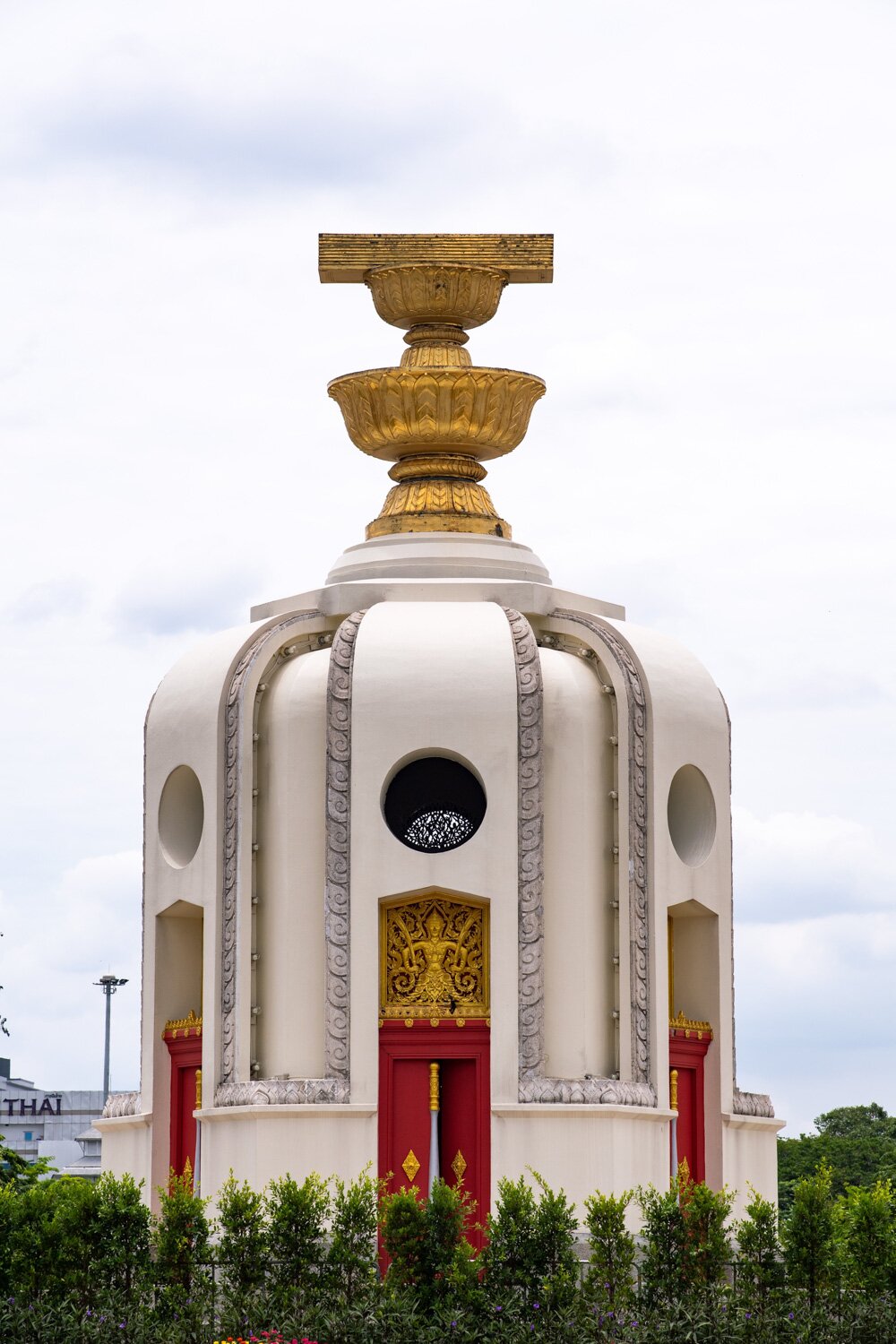
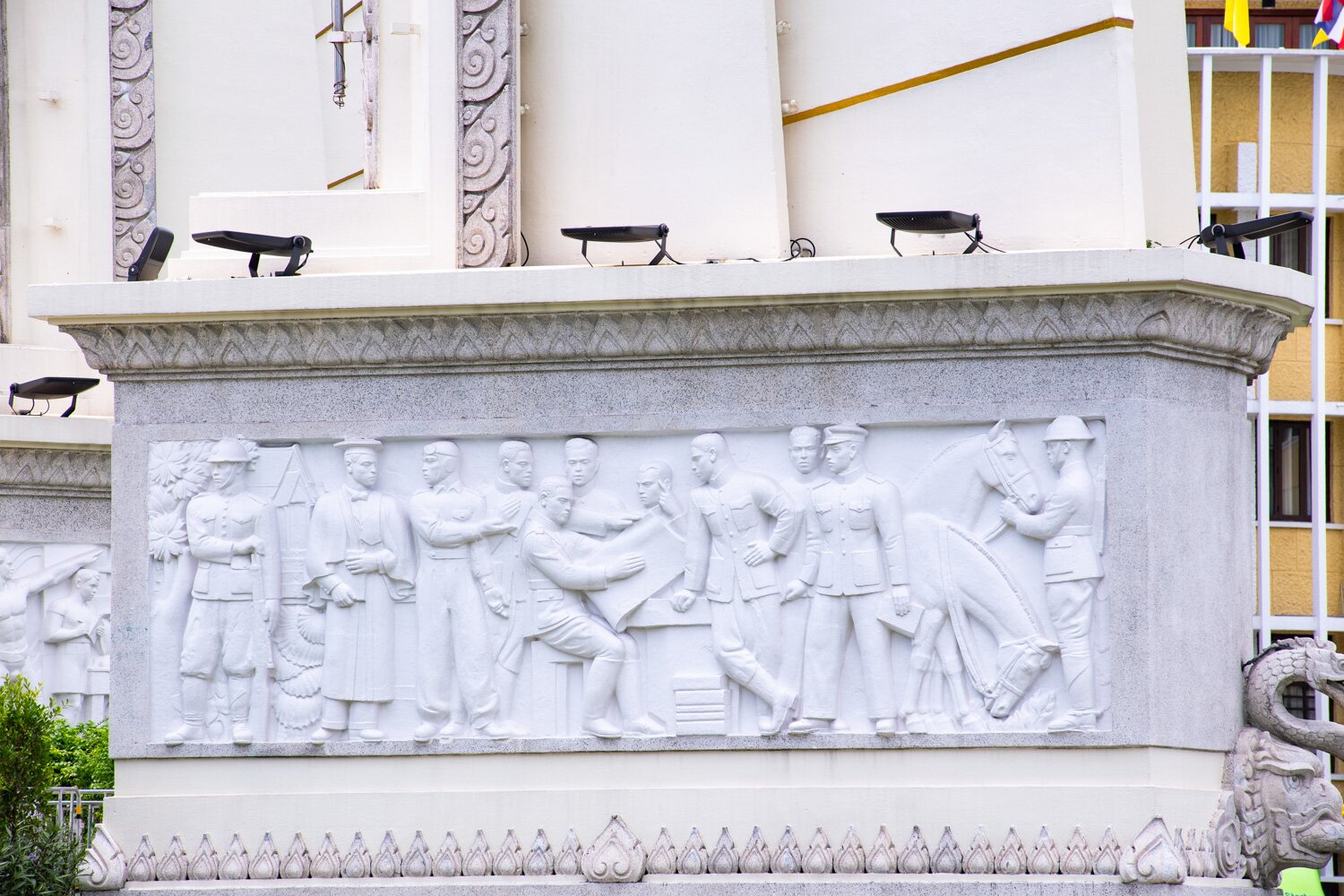

.jpg)
